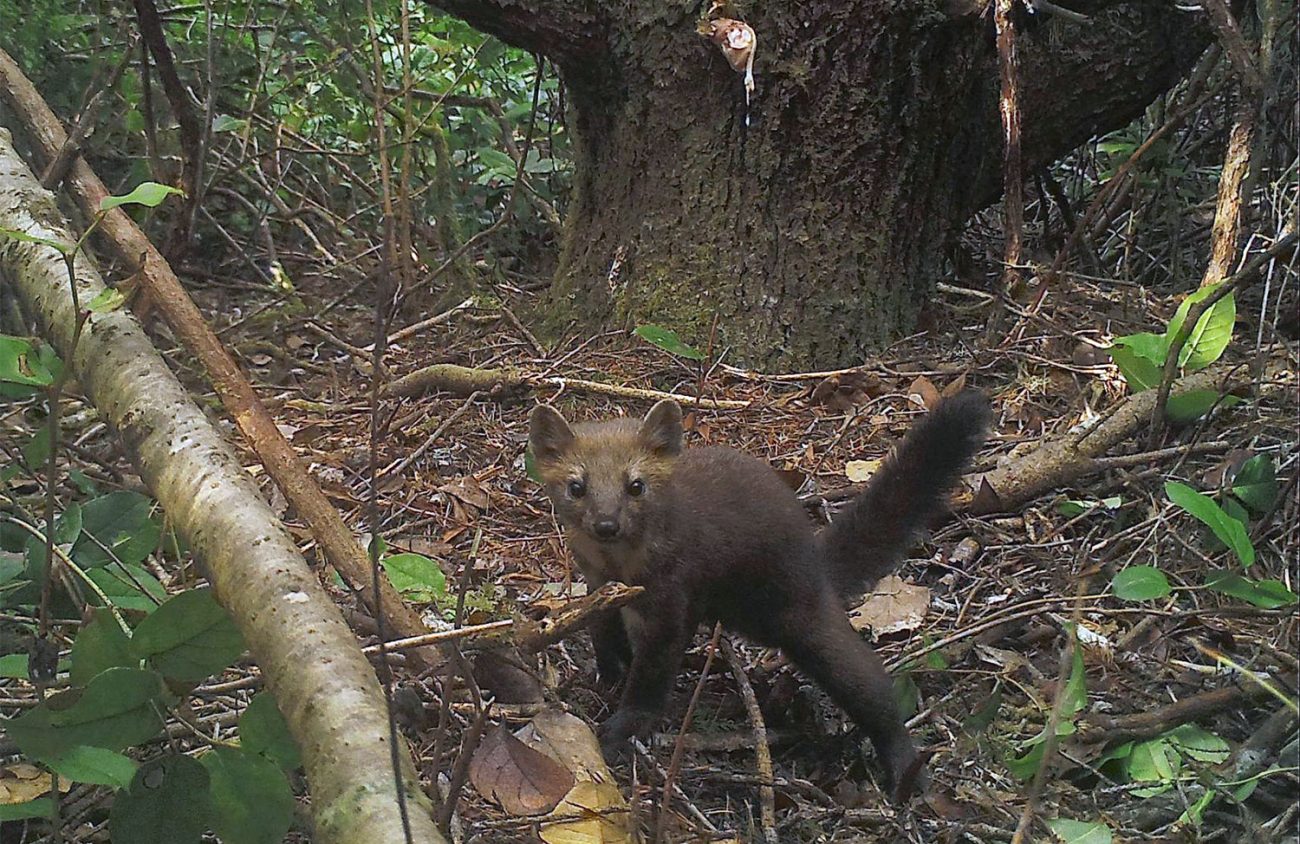The tiny Humboldt marten was thought to be extinct back in 1996.
But the cat-sized predator is not only alive, it’s taken up residence in the Oregon Dunes and is affecting the iconic sand landscape’s possible restoration.
After the marten was driven to the brink of extinction by clearcutting in Oregon and California, the same forces that are destroying the Oregon Dunes are providing habitat for the marten. This has created a conundrum for those trying to save the dunes and the species that reside in them.
On May 9, the Forest Service began a 30-day comment period on an environmental assessment for the Oregon Dunes Restoration Project. The affected area includes Siuslaw National Forest, the Oregon Dunes National Recreation Area and a portion of Bureau of Land Management land along the Pacific Coast from Baker Beach just south of Sea Lion Caves to Coos Bay.
Invasive European beachgrass has stabilized the massive coastal dunes that are meant to move with the winds and the sea. The Oregon Dunes restoration — spearheaded by a collaboration between agency groups, environmentalists and recreational users of the dunes — seeks to re-establish the landscape processes and functions that maintain the dunes naturally.
The marten “lives in huge swaths of shrub fields that have developed on the dunes thanks to dunes stabilization,” Jane Kertis, a Forest Service area ecologist, previously told Eugene Weekly.
As a result the original plan under development for restoring the dunes to their natural mobile state was altered when U.S. Fish and Wildlife Service proposed listing the coastal distinct population segment of Pacific marten as threatened species under the endangered species act.
“The Oregon Dunes are a unique and special place, and the dunes ecosystem is in need of extensive restoration,” says Chandra LeGue of Oregon Wild, which is part of the Oregon Dunes Restoration Collaborative. “At the same time, threatened wildlife like the coastal marten depend on habitat in parts of the dunes and can be harmed by some proposed activities. Oregon Wild is taking a close look at the details of this analysis, and we are hopeful that the US Forest Service is able to strike the right balance between these needs.”
The current proposal includes, among other things, using bulldozers and other large equipment to remove the foredune, beachgrass and other nonnative plants, improve snowy plover habitat, maintain marten habitat, use herbicides and fire to remove invasives and increasing sand movement and open sand areas for off-highway vehicle and recreational use. It also calls for removing nearly all vegetation on 56 acres in the Baker Beach area north of Florence.
Jody Phillips of Save the Riders Dunes is an avid OHV user and an advocate for the dunes and a part of the collaborative He calls the proposal a “mixed bag.” The original restoration plan “had some big landscape level restoration we could work on” he says, and “the marten has thrown a wrench in it.” He adds, “I’m not against the marten in any way, shape or form.”
But, “what’s more important, the Oregon Dunes or the marten?” he asks. “They are choosing the marten, and I think that’s wrong.”
According to the Center for Biological Diversity, “Fewer than 200 Humboldt martens survive in Oregon due to historical over-trapping and clear-cutting of coastal forests.”
To comment on the Oregon Dunes Restoration Project go to fs.usda.gov/project/?project=52946 or call Mick Mueller, project leader, 541-750-7077.
